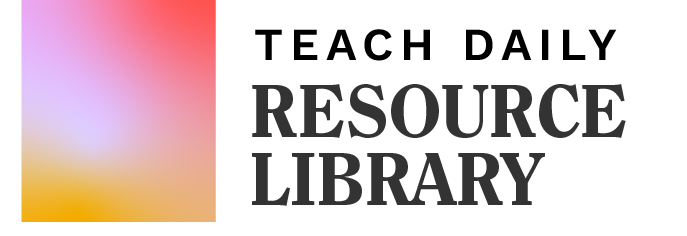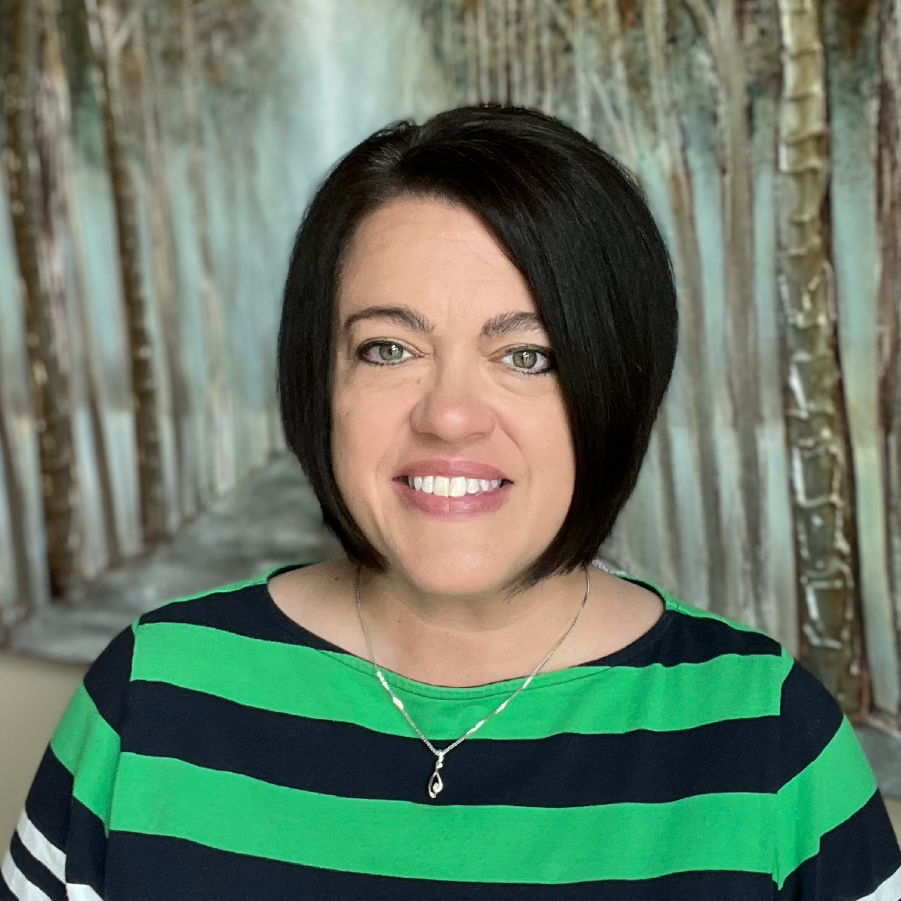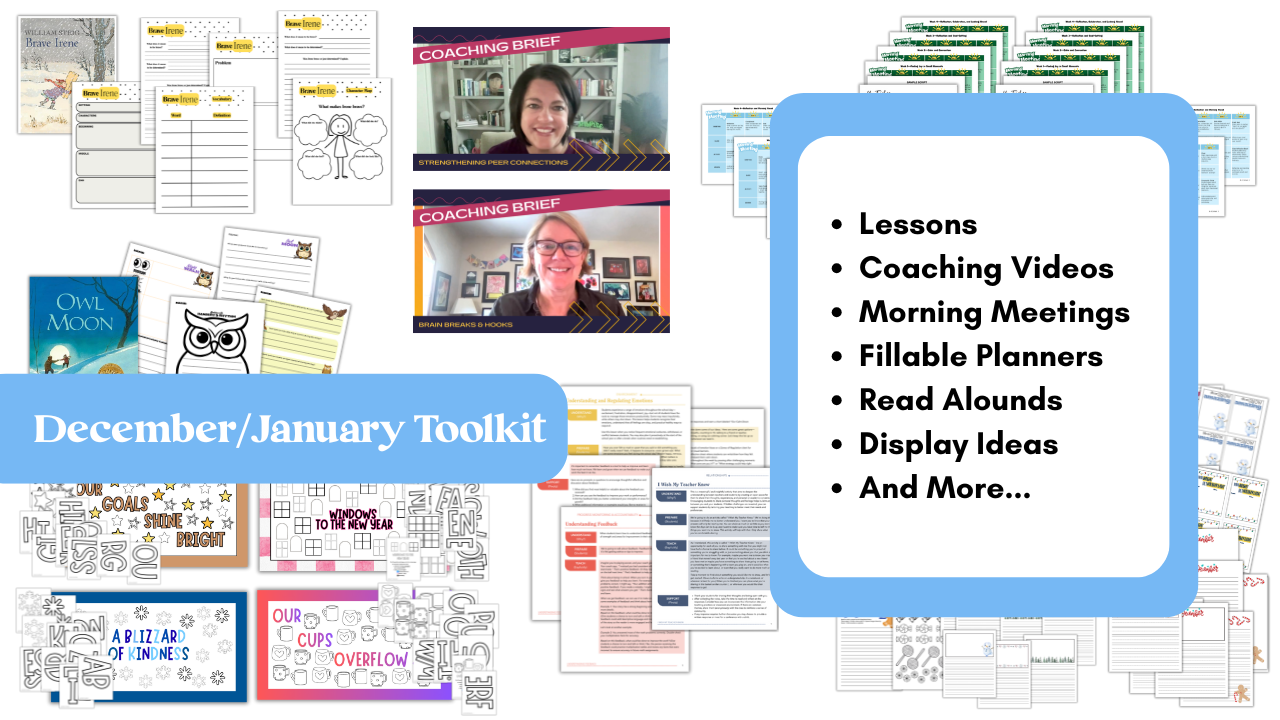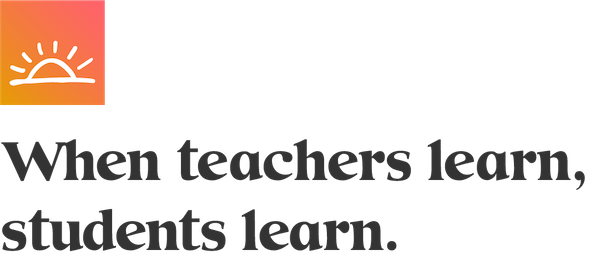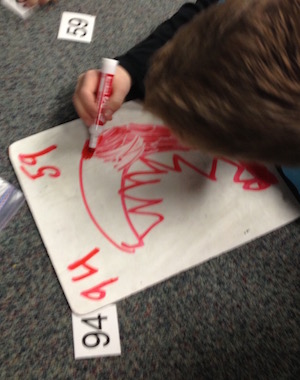 One way to actively involve students in a lesson is through the use of dry erase boards. They are excellent tools for Word Work, and they also increase engagement and provide opportunities for quick formative assessment during whole-group lessons, small-group lessons, and one-on-one conferring sessions. In the classrooms we visit, we have learned some very creative ways teachers are providing students with access to a dry erase surface. We hope one of these ideas will work for you.
One way to actively involve students in a lesson is through the use of dry erase boards. They are excellent tools for Word Work, and they also increase engagement and provide opportunities for quick formative assessment during whole-group lessons, small-group lessons, and one-on-one conferring sessions. In the classrooms we visit, we have learned some very creative ways teachers are providing students with access to a dry erase surface. We hope one of these ideas will work for you.
- Purchase lap-sized dry erase boards from a school supply company.
- Purchase a piece of shower board from a local hardware store. Use the large piece to make a whiteboard table or have it cut into panels of any size. These make excellent personal boards for student use.
- Solo-brand plastic plates work as dry erase boards.
- Dry Erase Contact Paper can turn any surface into a dry erase board. We recently heard from a teacher who put this contact paper on the back of each child's math journal (composition notebook) so their dry erase board was always with them in their book box.
- Look at the surface of your classroom desks or tables. If they are nonporous and smooth, students can write directly on them using a dry erase marker.
